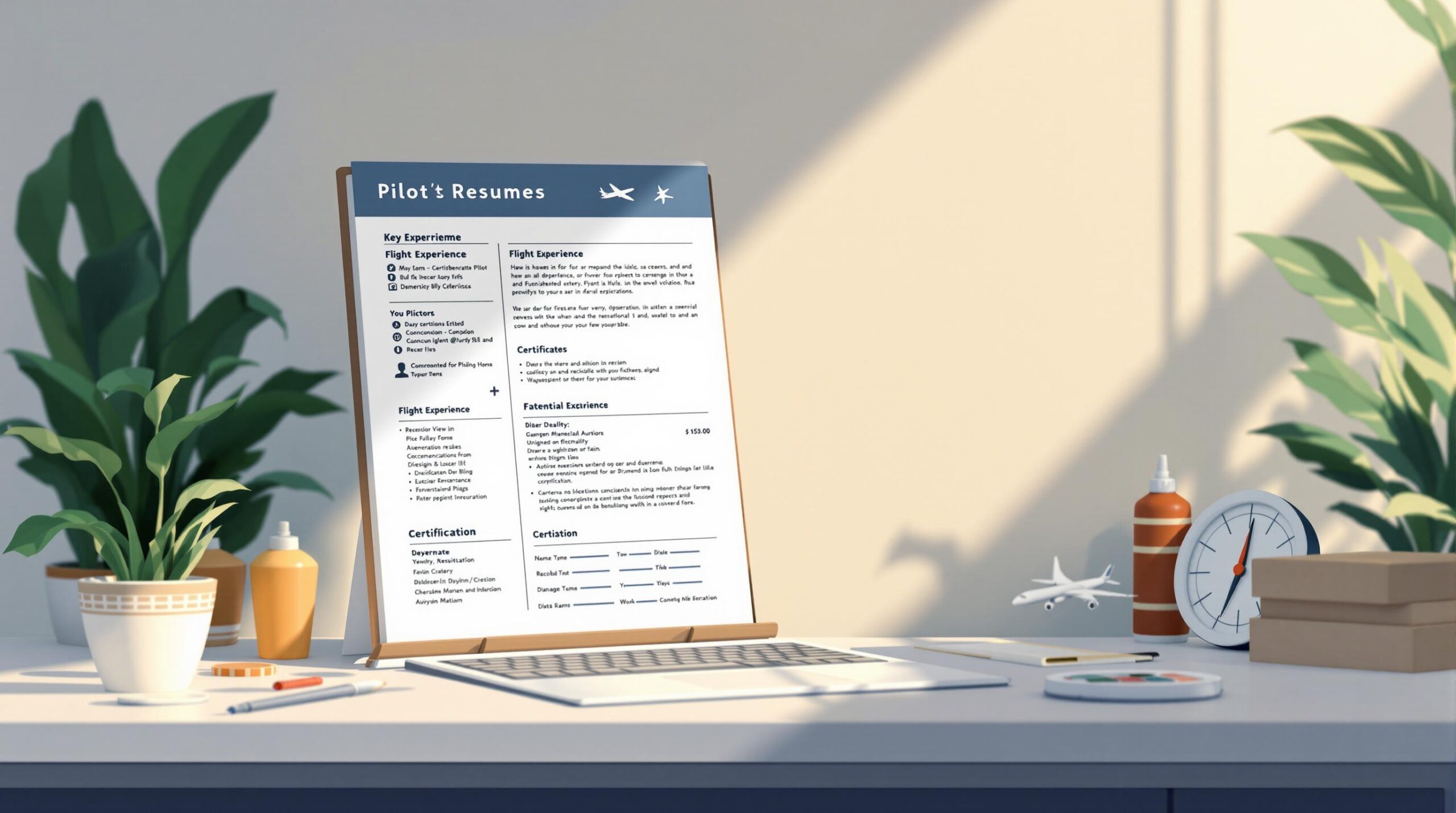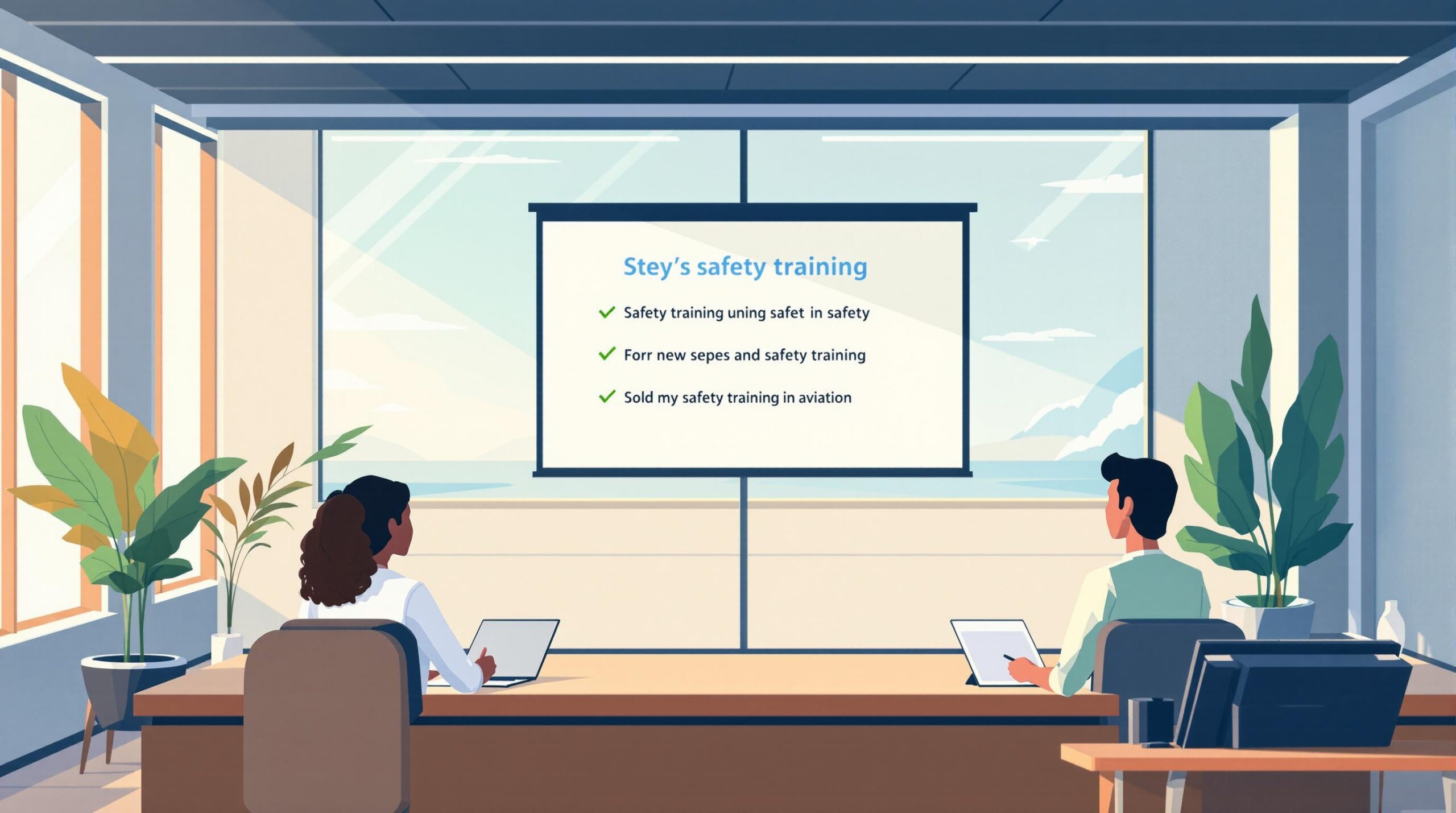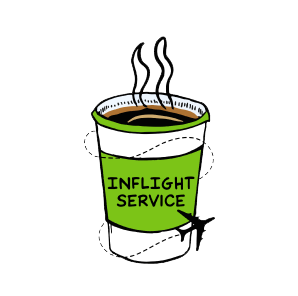Resumes and application forms are both essential for pilots applying to airlines, but they serve different purposes. A resume is a tailored summary of your qualifications and achievements, designed to showcase your strengths. An application form, on the other hand, is a standardized document provided by airlines to collect detailed, verifiable information about your credentials, flight hours, and employment history.
Key Differences at a Glance:
- Resumes: Flexible format, highlights accomplishments, uses keywords for ATS systems.
- Application Forms: Strict format, focuses on accuracy, collects detailed data like licenses, training, and flight hours.
| Aspect | Resume | Application Form |
|---|---|---|
| Purpose | Showcase strengths | Verify credentials |
| Format | Flexible, customizable | Standardized, fixed fields |
| Detail Level | High-level summary | In-depth, precise details |
| Use of Keywords | Important for ATS | Focus on accurate data entry |
The Complete Pilot Resume | Everything you need to know
What Resumes and Application Forms Are Used For
In the aviation industry, understanding the distinct roles of resumes and application forms is essential for pilots aiming to stand out. Each serves a specific purpose and requires careful preparation.
What Is a Resume?
A resume is your professional snapshot. For pilots, it’s a brief document that showcases your aviation credentials and expertise. This includes key certifications like PPL, IR, and MER, as well as proficiencies with systems like Garmin G1000, Jeppesen, and ForeFlight.
The format allows you to tailor your qualifications to align with the airline’s needs. For instance, when applying for a First Officer position, you might focus on skills like advanced navigation or FAA regulation compliance to demonstrate your suitability.
What Is an Application Form?
Application forms are pre-designed documents provided by airlines to gather detailed and consistent information from all candidates. They ensure a standardized way to evaluate applicants. These forms typically ask for:
| Information Category | Required Details |
|---|---|
| Flight Qualifications | Total hours, type ratings, licenses, medical certificates |
| Technical Proficiency | Knowledge of aircraft systems, instrument capabilities |
| Background Information | Employment history, training records, safety record |
These forms are about precision, collecting specifics like flight hours, certifications, and prior employment in a structured format. Tools like Pilot Pathfinder can streamline the process, ensuring your details are accurate and consistent.
The main difference between the two is their purpose: resumes highlight your strengths, while application forms confirm your credentials. Together, they form a complete picture of your qualifications, with resumes often being the first impression and application forms providing the in-depth verification airlines require.
Main Differences Between Resumes and Application Forms
For pilots, knowing how resumes and application forms differ can make a big impact when showcasing your qualifications.
Structure and Format
Resumes give you the freedom to highlight your most important qualifications in a way that suits the job you’re targeting. You can rearrange sections to draw attention to what matters most for a specific airline role. Application forms, on the other hand, stick to a strict format, ensuring all candidates are evaluated on the same criteria.
This difference also affects how much detail each document includes.
Level of Detail
Resumes are designed to give a quick snapshot of your career, while application forms dive deeper, asking for detailed information like flight hours, certifications, and employment history. This ensures airlines can verify your qualifications thoroughly.
| Information Type | Required Details | Purpose |
|---|---|---|
| Flight Experience | Total hours, specific aircraft types, night hours | Match airline requirements |
| Certifications | License numbers, issue dates, ratings | Verify your credentials |
| Employment History | Exact dates, supervisor contacts, reasons for leaving | Background checks |
| Training Records | Course dates, training facilities | Track ongoing education |
Another key difference lies in how each document handles keywords.
Keywords and Data Entry
Resumes often need specific keywords like "Garmin G1000" to get through Applicant Tracking Systems (ATS). Application forms, however, focus on entering precise data into fixed fields. Tools like Pilot Pathfinder can simplify this process by transferring your logbook details and credentials directly into application formats, ensuring accuracy and consistency across all submissions.
sbb-itb-de05b1b
How to Prepare Resumes and Application Forms for Airline Jobs
Getting your resume and application forms right is key to showcasing your skills and standing out in the aviation industry.
Building an Effective Resume
Start with a clean, easy-to-read layout. Highlight your licenses (like PPL or CPL), certifications (include issue dates), and flight experience. Be specific – mention total flight hours, aircraft types, and any notable operations like night flying or cross-country missions. Include technical skills (e.g., Garmin G1000) and leadership abilities, using strong action words like managed or operated to make your resume ATS-friendly.
Focus on these areas:
- Professional milestones and job responsibilities.
- Technical expertise with specific aircraft systems.
- Leadership and communication skills.
- Safety record and operational knowledge.
Completing Application Forms with Precision
Application forms require careful attention to detail. Airlines rely on these forms to verify your qualifications and perform background checks, so accuracy is critical.
| Section | Key Information | Tips for Accuracy |
|---|---|---|
| Flight Experience | Total hours, aircraft types | Double-check against your logbook. |
| Employment History | Dates, supervisor contacts | Keep thorough and updated records. |
| Licenses and Training | License numbers, ratings, course dates | Store verified details digitally. |
Tools like Pilot Pathfinder can help streamline data entry, pulling directly from your logbook and securely storing certification details for easy access.
Key practices to follow:
- Double-check all numerical entries.
- Provide a full and accurate employment history.
- List references carefully and ensure they’re up-to-date.
- Keep details consistent across all documents to avoid issues during verification.
Using tools and maintaining consistency can save time, minimize errors, and give you an edge in the competitive airline job market.
Tools to Help with Resumes and Application Forms
Using the right tools can make creating resumes and completing application forms faster and more accurate, especially when applying to airlines with specific requirements. These tools not only save time but also help ensure your documents meet industry standards.
Tools for Building Resumes
Resume-building platforms tailored for pilots can help create polished, ATS-friendly resumes. These tools ensure your aviation qualifications stand out to both automated systems and human recruiters by analyzing job descriptions and strategically adding relevant keywords.
Key features to consider:
| Feature | How It Helps |
|---|---|
| Aviation Keywords | Matches your resume to airline criteria |
| ATS Optimization | Improves chances of passing screening systems |
| Industry Templates | Provides layouts designed for aviation professionals |
Tools for Application Forms
Application form tools simplify the process by reducing repetitive tasks and integrating your existing pilot documentation. They also prioritize accuracy and data security, making them ideal for managing sensitive information.
What to look for in these tools:
| Feature | Benefit |
|---|---|
| Logbook Integration | Ensures precise reporting of flight hours |
| Data Security | Keeps personal information safe |
| Auto-Fill Capability | Speeds up form completion and minimizes errors |
| Cross-Platform Access | Lets you work on forms from any device |
An example of such a tool is Pilot Pathfinder. It offers automated form-filling, seamless logbook integration, and features designed specifically for pilots. This ensures consistency in your applications and helps you accurately report flight hours and certifications across multiple airlines.
Final Thoughts on Pilot Applications
Understanding the roles of resumes and application forms is key for pilots navigating the application process. With the rise of digital tools, submitting applications has become faster and more precise. Platforms like Pilot Pathfinder simplify the process by aligning resumes and application forms, ensuring all your documentation is consistent and error-free.
Each format serves a distinct purpose. Resumes emphasize your career highlights, while application forms focus on providing detailed, verifiable information. Combining these two formats effectively – and using technology to your advantage – can help you stand out as a candidate.
| Application Component | How to Approach It |
|---|---|
| Resume | Highlight relevant achievements and customize it for each airline |
| Application Form | Provide accurate, detailed, and comprehensive information |
| Digital Tools | Use specialized software to ensure accuracy and consistency |
Think of resumes and application forms as two sides of the same coin. Your resume showcases your professional journey, while the application form gives airlines the structured data they need for evaluation. Both must be accurate and reflect your attention to detail – a quality airlines highly value.
While technology can streamline the process, don’t lose the personal touch. Mastering both formats and using the right tools can significantly improve your chances of securing your dream airline position.
FAQs
How does a resume differ from an online application in terms of presentation and content?
While both resumes and application forms are essential for aviation professionals, they serve different purposes and require distinct approaches.
A resume allows you to highlight your achievements and tailor your qualifications to each airline, offering more flexibility in how you present your experience. On the other hand, application forms follow a strict format with mandatory fields, requiring detailed and verifiable information like precise dates and flight hours.
Here’s a quick breakdown:
| Aspect | Key Focus |
|---|---|
| Resume | Highlight accomplishments and customize for specific airlines |
| Application Forms | Provide accurate, detailed data with verified dates and flight hours |
| Digital Tools | Leverage platforms to sync and ensure consistency across documents |
"Using job-specific keywords in both resumes and application forms can improve your chances of passing initial screenings."
For pilots, tools like Pilot Pathfinder can simplify the process by syncing logbook data and ensuring accurate flight hour calculations across both formats.
Pro Tips for Success:
- Keep your logbook regularly updated and accessible.
- Ensure all details match across resumes, applications, and supporting documents.
- Double-check every entry for accuracy before submission.
- Use aviation-focused tools to save time and reduce errors.




